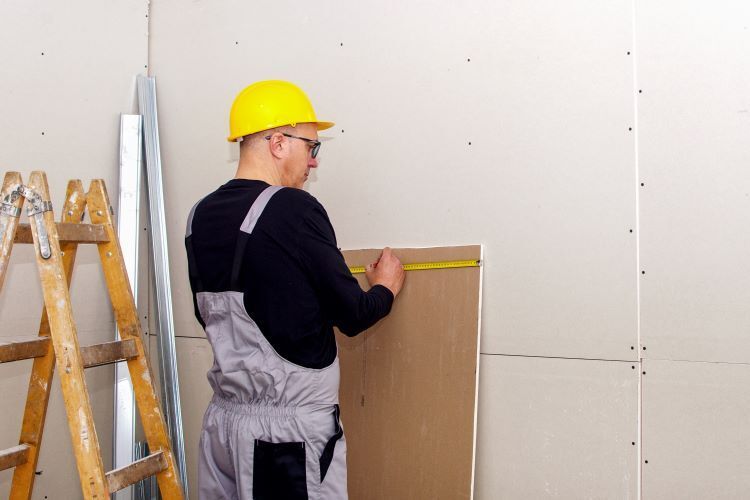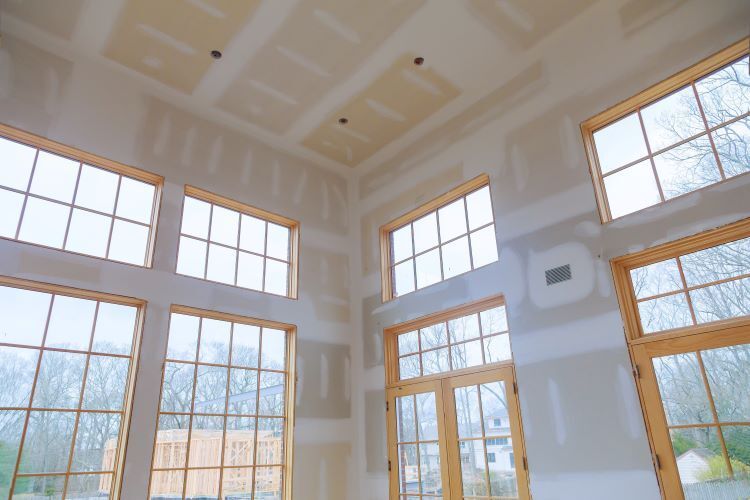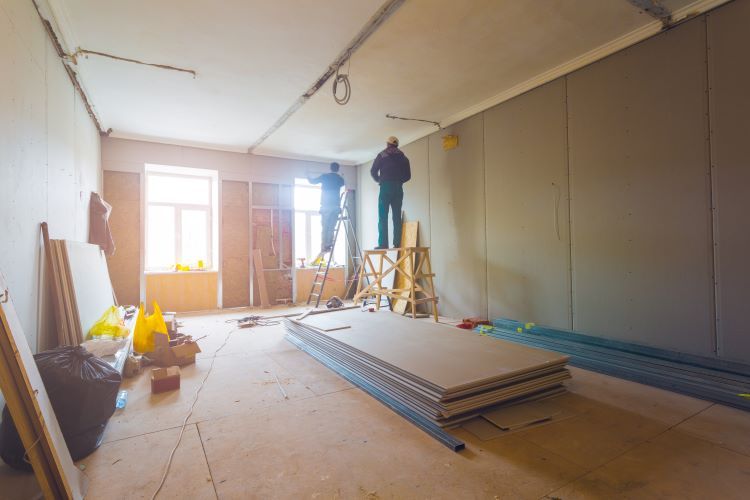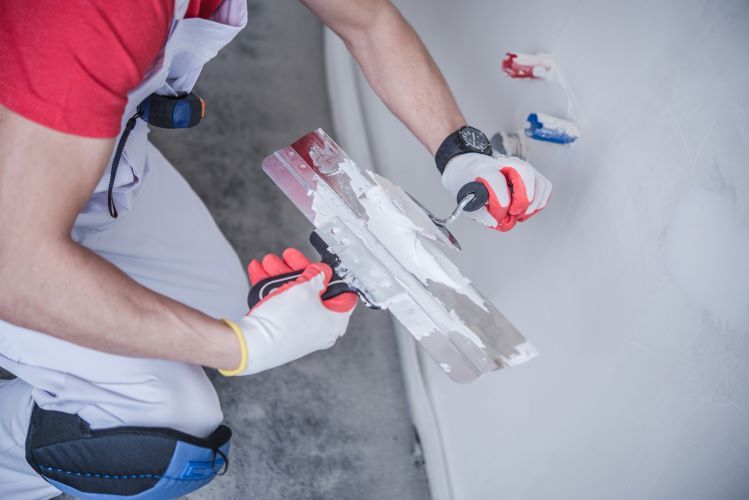Sign It's Time to Change your Drywall

Drywall is a fundamental component of any building, providing a smooth surface for walls and ceilings. Over time, however, drywall can suffer from wear and tear, damage, and deterioration. Knowing when to replace your drywall is crucial for maintaining the integrity and aesthetics of your home. At St. John's Drywallers, we understand the importance of timely drywall replacement. Here are the key signs that indicate it's time to replace your drywall.
1. Extensive Water Damage
Water damage is one of the most common reasons for drywall replacement:
- Stains and Discoloration: Persistent water stains, discoloration, or swelling on your drywall are clear indicators of water damage.
- Soft Spots: Soft or spongy areas on the drywall suggest that the material has absorbed significant moisture, compromising its structural integrity.
- Mold and Mildew: The presence of mold or mildew on your drywall is a serious issue. Mold not only damages the drywall but also poses health risks.
2. Cracks and Holes
While small cracks and holes can be repaired, extensive damage often requires replacement:
- Large Cracks: Large or multiple cracks, especially those that extend across the entire wall, indicate that the drywall is no longer stable.
- Severe Holes: Significant holes or punctures from accidents or wear and tear weaken the drywall and necessitate replacement.
3. Sagging or Bulging
Sagging or bulging drywall is a sign of underlying issues that need immediate attention:
- Ceiling Sagging: If your ceiling drywall is sagging, it could be due to water damage, structural problems, or poor installation. This poses a safety risk and should be addressed promptly.
- Wall Bulging: Bulging walls can indicate moisture buildup or improper installation. Replacing the affected drywall can prevent further damage.
4. Persistent Bad Odors
Unpleasant odors emanating from your drywall can signal the need for replacement:
- Musty Smells: A musty smell often indicates mold or mildew growth within the drywall, which can spread and worsen over time.
- Unidentified Odors: Persistent, unexplained odors can be a sign of hidden damage or contamination that requires professional assessment and replacement.
5. Visible Surface Damage
Surface damage can detract from the appearance of your home and may warrant replacement:
- Peeling Paint or Wallpaper: If paint or wallpaper is peeling off the drywall, it could indicate underlying damage or moisture issues.
- Surface Deformities: Warped, bubbled, or blistered drywall surfaces suggest significant underlying problems that cannot be easily repaired.
6. Age and Wear
Over time, drywall naturally deteriorates and may need replacement:
- Old Drywall: If your drywall is several decades old, it may show signs of wear and degradation. Replacing old drywall can enhance the appearance and safety of your home.
- Frequent Repairs: If you find yourself frequently repairing the same areas, it may be more cost-effective to replace the drywall entirely.
7. Renovation and Remodeling
Certain renovation and remodeling projects may necessitate drywall replacement:
- Layout Changes: Changing the layout of a room or removing walls often requires replacing sections of drywall to create a seamless finish.
- Upgrading Insulation: Replacing drywall provides an opportunity to upgrade insulation, improving energy efficiency and comfort.
Why Choose St. John's Drywallers?
At St. John's Drywallers, we specialize in professional drywall services, including replacement, repair, and installation. Our team of experienced professionals is dedicated to providing high-quality workmanship and exceptional customer service. We use top-grade materials and advanced techniques to ensure that your drywall is installed or replaced to the highest standards.
Contact Us Today
If you’ve noticed any of these signs in your home, it’s time to consider replacing your drywall. Contact St. John's Drywallers today for a consultation. Let us help you maintain a beautiful, safe, and structurally sound home with our expert drywall replacement services.
You might also like



Book a Service Today
We will get back to you as soon as possible
Please try again later
St. John's Drywallers
Navigation
Navigation
Working hours
- Mon - Fri
- -
- Sat - Sun
- Appointment Only
*This is a referral website. All work is performed by professional, licensed contractors.